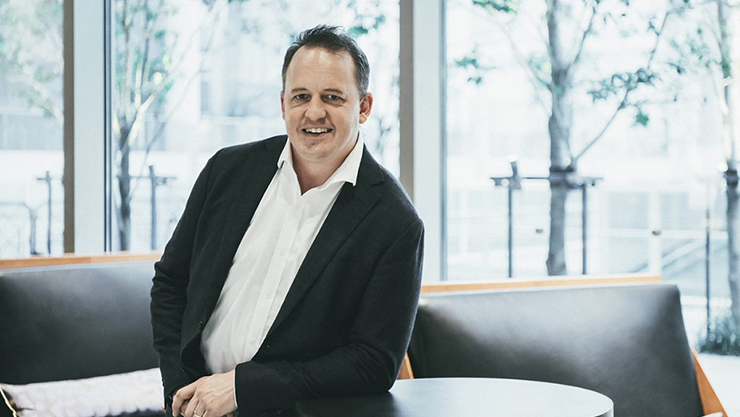Australian energy consumers could be left with an unreliable energy grid and higher bills if the energy system is fully electrified, says leading energy infrastructure company Jemena in a submission responding to the Australian Energy Market Operator’s (AEMO) Draft Integrated System Plan (ISP) for 2022.
Jemena’s Executive General Manager for Energy Networks, Shaun Reardon, welcomed the ISP’s focus on renewable gases, such as hydrogen, but cautioned that industries that rely on gas may be left stranded and gas may be unable to fulfil its key “insurance role” in the energy grid if the size and scale of Australia’s existing gas networks is reduced.
“Gas and gas-powered-generation in particular has a crucial role to play in producing energy during periods of peak demand, or during long ‘dark and still’ periods when renewable generation is unavailable,” said Mr Reardon.
“This flexibility not only enables the reliable operation of our energy system, but is made possible because of the size and scale of Australia’s existing gas networks.
“AEMO’s Step Change scenario assumes near-complete electrification of households and industry. It also assumes gas-powered-generation capacity roughly the same as it is today, yet total gas demand across the system in this scenario would be a tiny fraction of what it is today.
“We want to avoid a situation where our gas networks are diminished to the point that gas is no longer able to provide firming power of the magnitude AEMO’s forecast suggests will be needed to ensure overall system reliability.”
AEMO’s step-change scenario relies on gas being able to deliver 9 gigawatts of capacity from 2050.
Mr Reardon said that government’s around Australia are considering the decarbonisation of their energy system.
“Modelling informing the Victorian Gas Substitution Roadmap implies that gas networks will be effectively halved in Victoria by 2030. We’re concerned that such an approach will undermine overall system reliability and ultimately end up costing energy consumers.”
“We want to see gas’ role in the future energy grid more accurately reflected in the models before us, and the introduction and commercialisation of renewable gases such as hydrogen and biomethane – which is well underway – properly factored in.
“We’re also calling for a Renewable Gas Target of around 10 per cent to be introduced to bolster the burgeoning renewable gas industry. This together with an anticipated fall in the cost of electrolysers – which are used to produce hydrogen – will lower the price of renewable gases and hasten the transition away from fossil fuels without compromising overall system reliability.”
Mr Reardon said a proposed renewable gas target for NSW could see 9PJs of zero-carbon gas introduced into the New South Wales gas network alone by 2030.
Mr Reardon pointed to research from Frontier Economics contained in Gas Vision 2050 which highlights that full electrification of Australia’s energy system will cost over $12 billion per year more from 2050 than a transition incorporating renewable gases.
Jemena is currently operating Australia’s most comprehensive hydrogen trial, the Western Sydney Green Hydrogen Hub, in partnership with the Australian Renewable Energy Agency (ARENA). The hub is testing the application of hydrogen in a range of settings and is expected to reach 23,500 residential customers, 100 commercial customers, and seven industrial customers.
Jemena is also partnering with Sydney Water and ARENA to deliver Australia’s first biomethane-to-gas trial set to be launched in 2022. The project is expected to remove 5,000 tonnes of carbon emissions – the equivalent of around 4,500 cars off the road – and potentially 11,000 tonnes if scaled up to its full potential, making it a significant contributor to the NSW Government’s Stage 1, Net Zero Plan, to cut emissions by 35 per cent by 2030 compared to 2005 levels.
F








